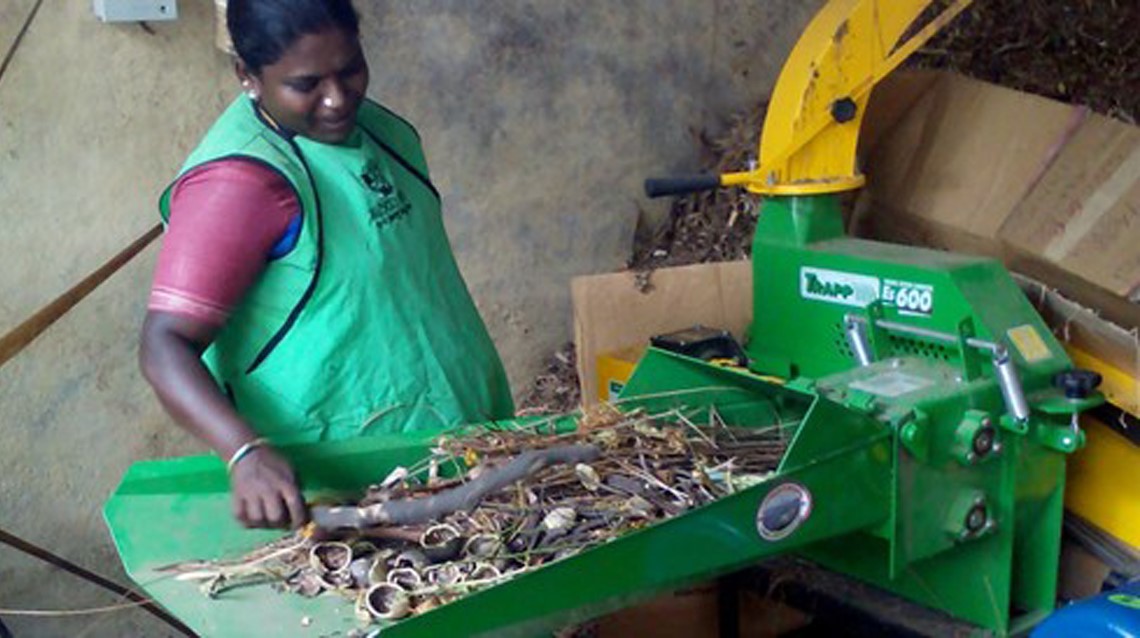
India is projected to overtake China as the most populous country in the world this year. The shifting demographics are bound to create heightened demand for education, health care, jobs and civic amenities, putting existing systems under stress. Current urban services delivery models, in transport, water and waste management, are plagued by outdated, legacy systems, lack of data, and restrictive policies and regulations. Focusing on technology-led innovation has the potential to address the rising demand for public services in India. But there are ways for innovation to improve services. Globally, one out of every 10 “unicorns” is born in India. As of September 2022, India is home to 107 so-called unicorn startups with a total valuation of $341 billion. Most startups that reach a $1 billion valuation are from the e-commerce, fintech and logistic sectors. While the sustainability and civic-tech space has seen an increase in the number of startups, more needs to be done to harness technology and address systemic challenges in urban service delivery and management.
Here are five ways cities can pave the way for innovation to improve services:
1. Create Space for Experimentation
Entrepreneurs need incubation facilities, labs and platforms to develop their proof of concepts. Low-risk pilots allow local governments to test and learn about a product or service while helping entrepreneurs understand ground realities better.
The Affordable Sustainable Housing Accelerators – India (ASHA-India), part of the Global Housing Technology Challenge – India (GHTC-India), is one such example that supports climate-resilient, resource-efficient solutions to accelerate the government’s Housing for All program. Another example is TheCityFix Labs, a multi-stakeholder platform that seeks to accelerate the delivery of improved urban services by bridging gaps in the innovation ecosystem in terms of access to funding, finance, markets and the government.

2. Extend Support Beyond Incubation
Government initiatives and schemes typically support startups in the crucial inception stages — by providing facilities, infrastructure and incubation. However, there is little support for commercialization and sustenance of ideas. Robust linkages between institutions, academia, and industry, and addressing issues of liquidity and employment to help entrepreneurs play the long game, is much needed.
Creating a model that encourages collaborative thinking and brings together different stakeholders onto one platform early in the problem-solving stage is another avenue worth exploring. For instance, the recently launched India Forum for Nature-Based Solutions is India’s first urban nature-based solutions consortium that brings together multiple stakeholders to leverage their collective strength towards accelerating action for building climate-resilient cities.

3. Enable Robust Business Models
Sustainability project financing in India, offered only by a few banks and non-banking financial institutions, is still in its infancy. Non-traditional sources of finance such as crowdfunding often impose prohibitively rigid and excessive terms and conditions to offset perceived risks. There is a need for hybrid financial instruments and patient capital that can de-risk investments and help attract funding from mainstream commercial investors.
Budget 2022 had proposed three ways in which this can be tackled. First, by introducing sovereign green bonds and access to blended finance. Second, by creating a live database to help with credit facilitation, skilling and livelihoods. And third, using surety bonds instead of bank guarantees for public procurement contracts which could help reduce the burden on micro, small and medium enterprises (MSMEs) and startups.
4. Establish an Anchor Institute
City and state governments need to both sharpen their problem statements and break them down into solvable units. At present, different government agencies at the national, state and local levels work in organizational silos. Fragmented efforts by multiple authorities lead to poor implementation. A multi-stakeholder intermediary platform can help break silos and bring together multiple stakeholders, who can pool individual resources and skills toward solving a common problem. Setting up anchor institutions can provide leadership, coordination and a unified approach to de-risking solutions to shape more productive outcomes.
5. Level the Playing Field
Finally, an ecosystem that allows enterprises to scale up to successfully participate in government contracts must be built. Smaller enterprises find it difficult to meet the stringent qualification criteria of municipal requests for proposals, while complex procurement processes and long payment cycles discourage entrepreneurs from participating at all. This process must be reformed by testing alternatives that actively encourage wider participation. This would include standardizing definitions of terms such as “innovative” or “green,” using a quality- or outcomes-based approach for request for proposals, firming up policies on procurement from MSMEs and ensuring timely payments for services.

Each dollar invested in urban infrastructure for water, sanitation and hygiene generates between $4 to $34 in benefits by saving time, improving health and raising productivity. Technology-led innovation in urban services delivery for such crucial needs must be incentivized and institutionalized, both to ensure their viability and offer a better quality of life to everyone in cities.
This article originally appeared on WRI-India.org
Madhav Pai is CEO of WRI India.
Jaya Dhindaw is Program Director – Integrated Urban Development, Planning and Resilience at WRI India.





